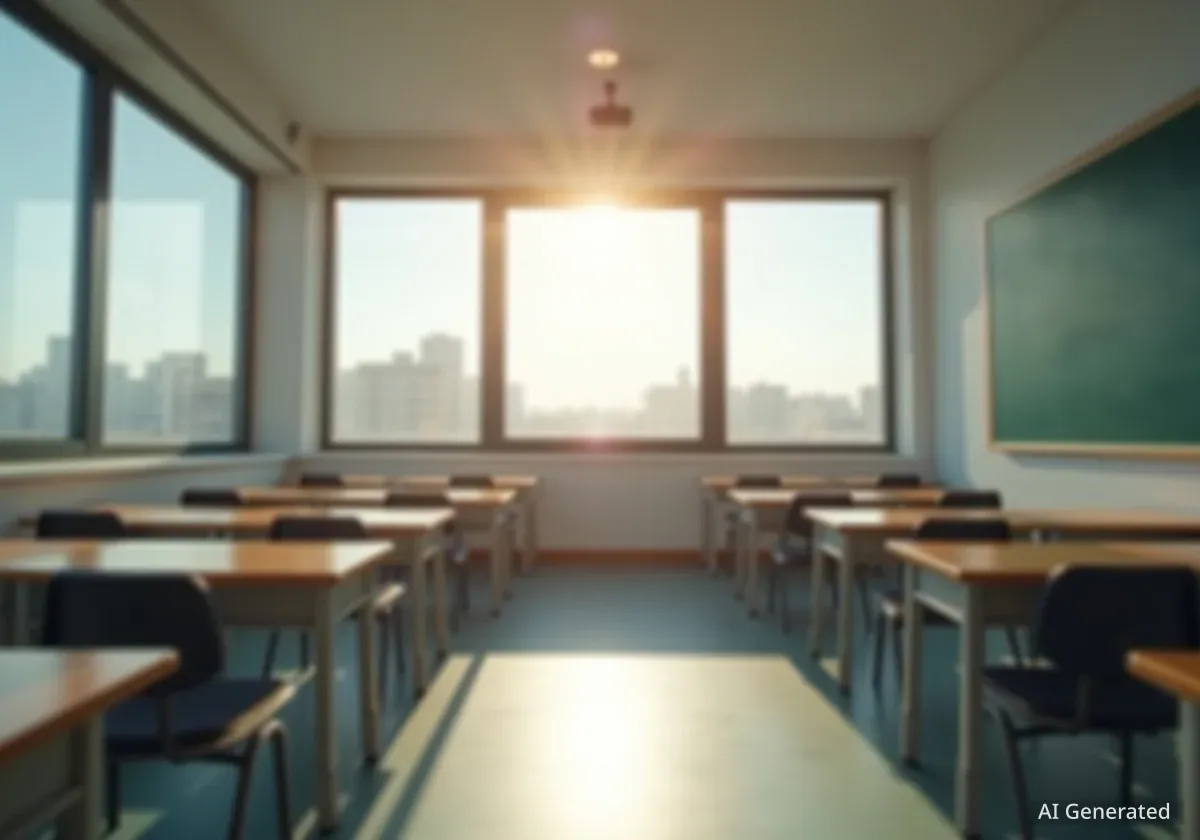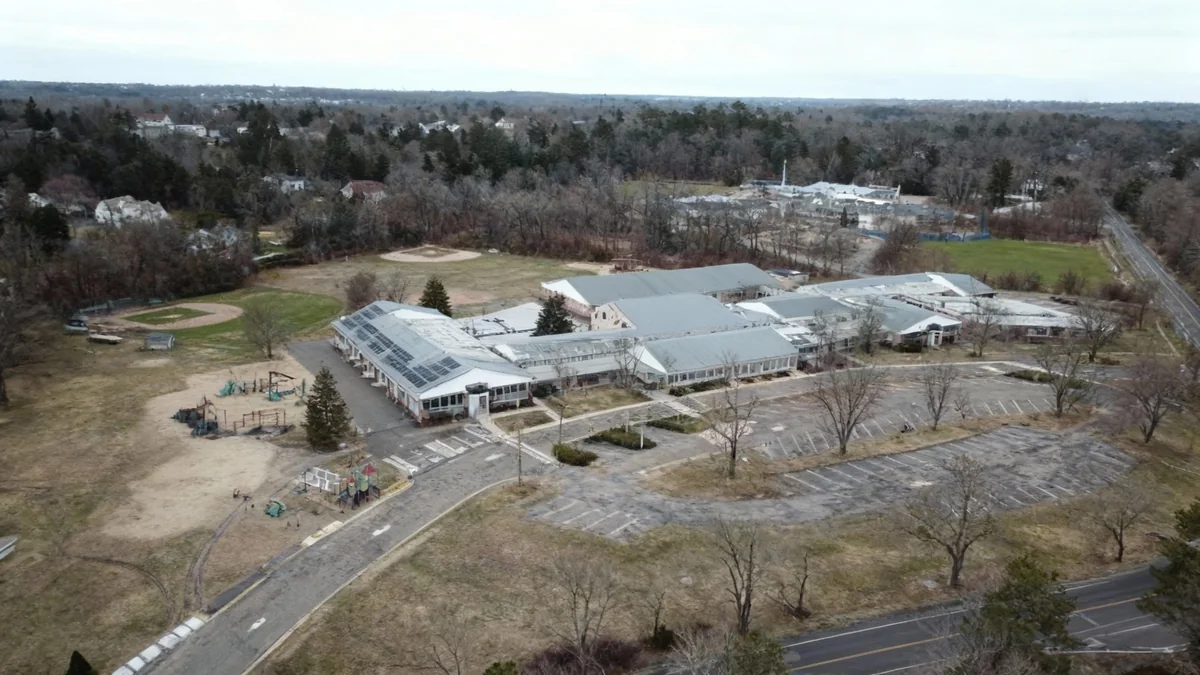An Oregon school district has implemented a voluntary camera system in classrooms, providing a novel solution to a statewide backlog of teacher misconduct investigations. The Umatilla School District's initiative allows teachers to record their lessons, creating an objective record that can resolve allegations in minutes rather than months.
This approach is designed to protect both students and educators from the lengthy and costly delays plaguing Oregon's official investigative body, the Teacher Standards and Practices Commission (TSPC), which currently faces a caseload of over 600 incidents with only four investigators.
Key Takeaways
- Umatilla School District in Oregon uses optional, teacher-controlled cameras in classrooms.
- The system helps quickly resolve misconduct allegations, cutting investigation times from weeks to minutes.
- It addresses the significant backlog at the state's Teacher Standards and Practices Commission (TSPC).
- The cameras also serve as a tool for professional development and have integrated safety features like silent alarms.
- The initiative was developed in collaboration with the local teachers' union to ensure educator privacy and autonomy.
A Proactive Solution to a Systemic Problem
School districts across Oregon are grappling with the consequences of a severely backlogged state agency responsible for investigating teacher misconduct. The TSPC's inability to keep pace with complaints means educators can be placed on administrative leave for extended periods, costing districts significant sums and leaving positions unfilled. For students and families, it means a long wait for resolution.
In response, the Umatilla School District has taken matters into its own hands. Superintendent Heidi Sipe explained that the goal is to provide swift and fair outcomes for everyone involved. The district's camera system, which teachers can choose to use, offers a clear and impartial account of classroom events.
"Students and families should always have a quick resolution," Sipe stated. "If it's an unfounded allegation, every day that goes on it's more reputational damage [for the educator], and more personal damage."
The system puts control directly into the hands of teachers. They decide whether to turn the cameras on and when to share the footage. According to administrators, most educators opt to keep the cameras running continuously, viewing them as a form of protection.
The Statewide Backlog
The Oregon Teacher Standards and Practices Commission (TSPC) is tasked with upholding professional standards for educators. However, with more than 600 active cases being handled by just four full-time investigators, the system is under immense strain. This disparity results in investigations that can stretch on for months or even years, creating uncertainty and financial burdens for school districts statewide.
From Weeks to Minutes: The Impact in Umatilla
The practical effect of the cameras has been transformative. Rick Cotterell, the principal of Clara Brownwell Middle School in Umatilla, has seen the benefits firsthand. He described how the technology has dramatically reduced the time needed to investigate incidents reported by students or parents.
"An investigation that would have in the past put a person out on leave for an entire week, we were able to resolve some of those in as little as like five minutes with the camera systems," Cotterell said.
He shared an example of a student who claimed a teacher had physically pulled them from a chair. The teacher, who had her camera on, shared the video with administrators. The footage showed a much different reality.
"About five minutes later, we were able to watch the video which showed that the teacher had reached down and tapped the student on the shoulder just to remind her that she needed to be quiet," Cotterell recalled. The ability to review objective evidence immediately de-escalated the situation and prevented a prolonged, stressful investigation.
More Than Just an Investigative Tool
While the cameras have proven invaluable for resolving disputes, their purpose extends beyond misconduct allegations. The system was initially installed with other functions in mind, including school safety and professional growth.
Safety and Professional Development
The camera units are equipped with a silent alarm feature that can immediately alert the front office to an emergency, allowing staff to view the classroom in real-time and dispatch help. This adds a crucial layer of security for both students and staff.
Furthermore, teachers are using the recordings as a resource for self-improvement. Cotterell compared the practice to how athletes review game film to enhance their performance.
Teachers in the district voluntarily review their classroom footage to analyze their teaching methods, observe student engagement, and refine their instructional strategies for future lessons.
"Sort of like an athlete, you know, they're reviewing their footage and getting better at what they do," he explained. This dual purpose has helped foster broad support for the system among educators.
Ensuring Privacy and Building Trust
Introducing cameras into a classroom environment naturally raises questions about privacy and autonomy. The Umatilla School District addressed these concerns by working directly with the teachers' union to establish clear protocols. A key agreement was that teachers would maintain control over their classroom recordings.
Administrators have direct access to footage from public areas like hallways and cafeterias, but they cannot view a teacher's classroom video without the teacher's consent. This framework ensures that the cameras serve as a protective tool for educators, not a surveillance device.
Sipe, who previously served as a director at the TSPC, emphasized the importance of this trust. "It’s very comforting for children and teachers to know that there’s a backup — that if there needs to be a third party to take a look at something, they're looking at the same data," she said.
In the rare event of a criminal investigation where a teacher refuses to share footage, the video could be subpoenaed. The recordings are typically stored for about a month before being automatically deleted, balancing the need for evidence with data privacy.
The results, according to Cotterell, have been overwhelmingly positive, leading to constructive conversations and swift resolutions. "I worked in the district before the cameras. I've worked in the district after the cameras. I really love the camera system that we have," he concluded. "I'm on board."





